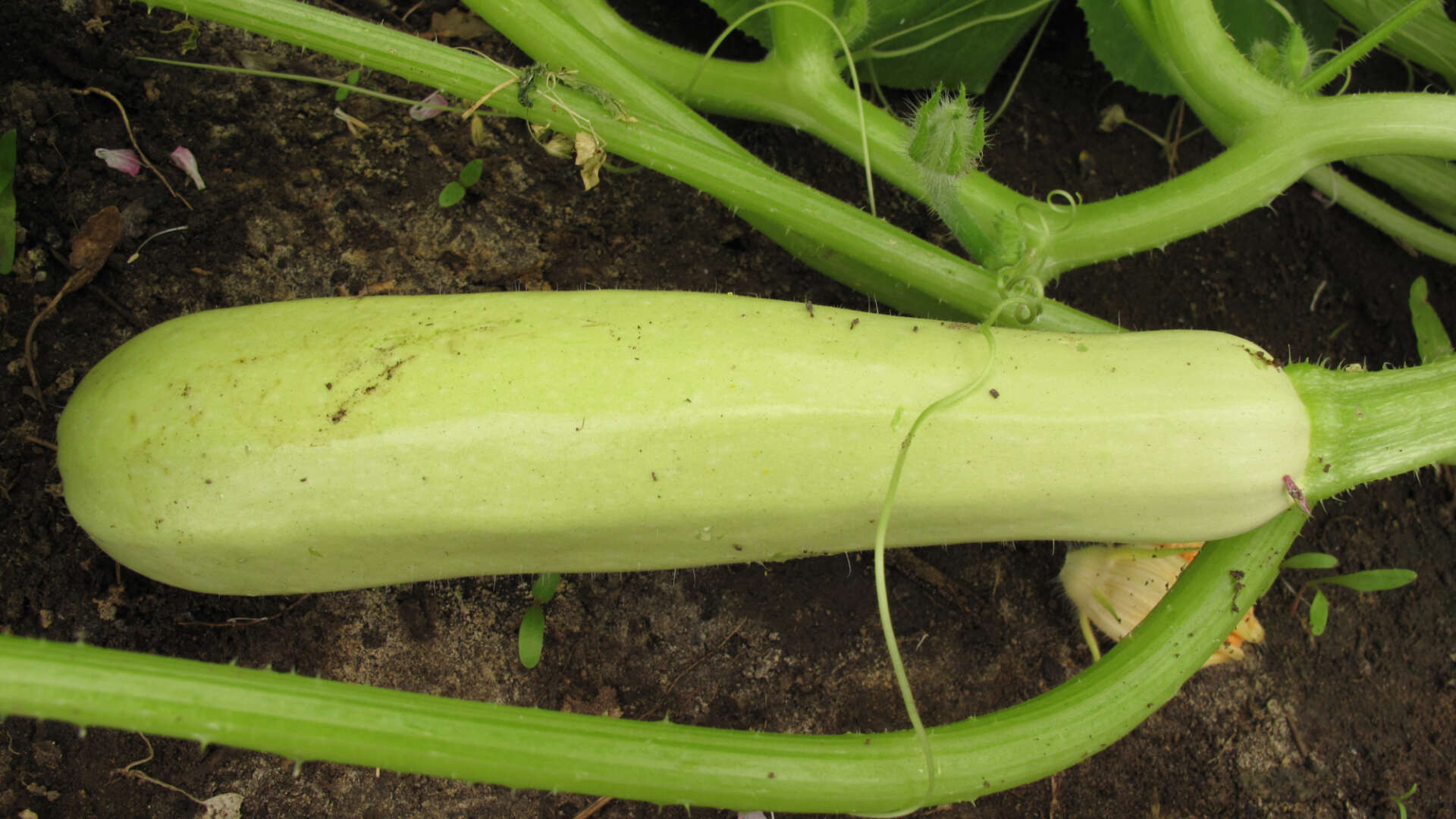Your best performing crops of 2023

What challenges did you experience in 2023 when growing your vegetables? After the summer growing season, we sent out a short questionnaire to evaluate the performance of 10 commonly grown vegetable crops.
Our survey suggests that people were faced with slow growing crops and problems such as slug damage and blight in 2023. Although many found the season a disappointment, overall there were far fewer ‘disastrous’ crops than in 2022 - when people were unable to keep up with water demand due to the drought in many parts of the country.
Key crops for 2023
As in 2022, tomatoes and amaranth ranked highly for performance, which seems surprising in a dull season - but leafy crops such as chard and lettuces, which grow well in cooler weather, also faired reasonably well.
Tomatoes were slow to grow in the cold spring, however. Some commented that although the yield was reasonable, the flavour was not as sweet as usual. A participant on the West Coast of Scotland said even a glasshouse could not make up for the lack of sunshine.
Yields of carrots were reasonable. Establishment in May and June worked well under the
warmer conditions, and the crops grew well in dull wet summer.
Runner beans were not the clear failure they had been in 2022. Many commented that the beans had a slow start in July, but still gave reasonable yields later in the season. Many cropped later into the autumn due to the very warm and sunny September.
Poor performers in 2023
Squashes performed poorly as the cool wet July did not allow adequate leaf growth to
support decent yields. Some people also commented that the winter squashes failed to ripen before autumn due to a lack of sunshine.
Yield was also down for potatoes as they were curtailed early when the blight infected foliage had to be cut down. Any tubers left in the ground were frequently attacked by slugs.
For more details read the full report here.
